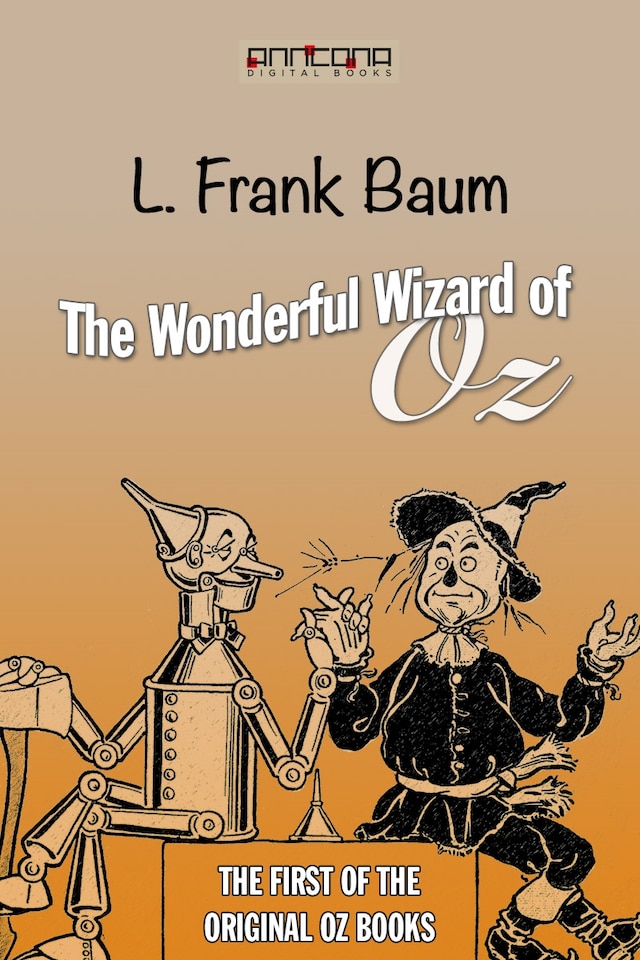
The Wonderful Wizard of Oz
Description of book
The Wonderful Wizard of Oz is the first of the Oz series. Originally published in 1900, it has since been reprinted numerous times, most often under the name The Wizard of Oz, which is the name of both the popular 1902 Broadway musical and the well-known 1939 film adaptation.
The story chronicles the adventures of a young girl named Dorothy Gale in the Land of Oz, after being swept away from her Kansas farm home in a cyclone. The novel is one of the best-known stories in American popular culture and has been widely translated. Its initial success, and the success of the 1902 Broadway musical which Baum adapted from his original story, led to Baum's writing thirteen more Oz books.
Lyman "L." Frank Baum (1856-1919) was an American author of children's books, best known for writing The Wonderful Wizard of Oz. He wrote thirteen novel sequels, nine other fantasy novels, and a host of other works (55 novels in total, plus four "lost" novels, 83 short stories, over 200 poems, an unknown number of scripts, and many miscellaneous writings), and made numerous attempts to bring his works to the stage and screen. His works anticipated such century-later commonplaces as television, augmented reality, laptop computers (The Master Key), wireless telephones (Tik-Tok of Oz), women in high risk, action-heavy occupations (Mary Louise in the Country), and the ubiquity of advertising on clothing (Aunt Jane's Nieces at Work).
Baum's avowed intentions with the Oz books, and other fairy tales, was to tell such tales as the Brothers Grimm and Hans Christian Andersen told, making them American and bringing them up to date by making the characters not stereotypical dwarfs or genies, and by removing both the violence and the moral to which the violence was to point. Although the first books contained a fair amount of violence, it decreased with the series; in The Emerald City of Oz, Ozma objected to doing violence even to the Nomes who threaten Oz with invasion. His introduction is often cited as the beginnings of the sanitization of children's stories, although he did not do a great deal more than eliminate harsh moral lessons. His stories still include decapitations, eye removals, maimings of all kinds, and other violent acts, but the tone is very different from Grimm or Andersen.


